 Abraham Lincoln
If given the truth, the people can be depended upon to meet any national crisis...
Abraham Lincoln
If given the truth, the people can be depended upon to meet any national crisis...
 Guildford news...
for Guildford people, brought to you by Guildford reporters - Guildford's own news service
Guildford news...
for Guildford people, brought to you by Guildford reporters - Guildford's own news service
Birdwatcher’s Diary No. 174
Published on: 20 Nov, 2018
Updated on: 20 Nov, 2018
By Malcolm Fincham
The colours of autumn were at their most resplendent around the Surrey Hills during the first weeks of November.
Although Atlantic, low pressure, weather systems had begun to push through on the jet stream, there were still some decent sunny spells.
Time enough, despite the shortening daylight hours, to get out and about with my camera. Optimistic in tracking down local wildlife and in the hope of being rewarded with some interesting pictures in its bright autumn colours.
Despite of a few light frosts in rural areas early in the month, a few common darter dragonflies could still be viewed, actively patrolling the marshy areas, while on my visits to both Whitmoor as well as Thursley Commons. On the latter even spotting a red admiral butterfly, perched in the sunshine on a a pine tree by the moat car park.
Lowland heathland is a priority for nature conservation because it is a rare and threatened habitat. It has declined greatly in during the last two centuries. In England it is estimated that only one sixth of the heathland present in 1800 remains – and it still faces major pressures.
Whitmoor Common is situated just to the north of Guildford. Although more condensed in size than Thursley Common, it is of a similar habitat, attracting similar species.
Ever present, and growing in winter number at both locations, were meadow pipits.
On recent visits to Whitmoor Common 20 or more could often be seen, lining up on the “wires” just before dusk.
At least five green woodpeckers could be found in the boggy areas feeding on the soft ground for invertebrates.
While several jays could be seen and heard cackling, as if distasteful about their presence among the silver birch shrubs, nearby.
In areas where the gorse grows, goldcrests could be seen and heard.
The tall silver birch trees, despite now losing their leaves, made good cover for groups of long-tailed tits. They use them as if they are an assault course, making sorties from tree to tree.
High up in one of the birchs a male bullfinch could be seen, with a female close by. Though the female was less confiding to my camera.
Still present and in reasonable numbers there were Dartford warblers, flitting low across the heather, hiding in silver birch and pine saplings.
While stonechats sat perched up surveying their surroundings.
A few reed buntings could also found.
November 6 was quite an impressive day for my friend Bob while visiting Sheepleas. Seeing large winter movements of wood pigeons, some flocks in excess of a few hundred birds on our journey there.
There appeared to be plenty more, taking flight in panic, as soon as they saw us walking through from the car park by St Mary’s Church.
There were also plenty of fieldfares and redwings. First, we spotted both species in a small group together, feeding on yew berries in a tree in the graveyard to the rear of the church.
Although well aware of reports of an irruption of large quantities of fieldfares arriving across the North Sea from Scandinavia, I certainly wasn’t expecting to see so many as we did that day.
Plenty more redwings and fieldfares could be viewed in flight, easily spooked by our presence as we walked up through the fields towards the top of the hill. Between us, we estimated there must have been, in excess of 1,000 birds, mostly fieldfares, the most I can recall seeing in one day, locally.
Although mostly seen in distant flocks, a few groups would suddenly appear from nowhere, to perch on the topmost bare branches of the tallest of the trees, close by.
A few of the other delights mostly consisted of the ones I had seen and written about in my previous report.
These included several nuthatches.
Numerous sightings and photos of marsh tits.
High up a beech tree a flock of chaffinches could be viewed as they flitted back and forth between its branches.
Even getting some glimpses of a few bramblings.
A return to Effingham Forest on November 6 saw fewer common crossbills than on my previous visit, just a week or so before. I did, however, catch a sighting of a male and female high up art the top of a pine tree.
Watching on, I notice the adult male was collecting seeds from one of the pine cones. Having collected a beak-full, it then fed it to the female.
My attempts to avoid showers and longer spells of rain during the first week or so of November were not too successful. But it did stay mild, with a few decent spells to get out and about with my camera.
The Riverside Nature Reserve, near Burpham, was among my regular visits during the first few weeks of November. Regular sightings continued of a kingfisher viewed from the lakeside.
I managed to add a fox to November’s photos, optimistically trying to pick up the scent of a small mammal as it stalked through the long grass beyond the towpath.
Out on the nearby “scrape” several teal had, once again, decided to make it their winter home, in and around the waters edge.
A surprise sighting for me on November 8, as I walked along the hedgerow through the meadow at the southern end of the lake, was a bird I hadn’t seen previously there. By chance, I had spooked it from its resting place. It was too large to be a common snipe and although only getting a glimpse of its rear view and a few “out of focus” record shots, it was good enough to recognise it as a woodcock.
A break in the weather after a weekend of heavy rainfall gave way to some sunshine on Sunday, November 11. A kingfisher perched just across the River Wey canal path.
A grey squirrel sat watching me from on top of a telegraph pole by Stoke Lock.
While a grey wagtail sat on the roof tiles at Stoke Lock cottage.
The rain that had fallen over the previous few days was enough to flood the areas surrounding the boardwalk, partially aided by the outlet flow from Stoke Lake.
On the lake a dabchick continued to be seen on most visits there.
Tufted ducks continued to increase in their number, with a raft of 15 or more, now out on the water.
Occasionally, as I watched, another one would fly in, to add to the wintering congregation.
As we neared the middle of the month, high pressure was attempting to build, bringing dry weather and even a reasonable share of sunshine. A southerly breeze was keeping temperatures mild, although by now leaves were rapidly turning colour and falling from the trees.
Having revisited Sheepleas on what was another pleasant sunny day on November 13, I was unable to add any more sightings to my previous visit. However, it was a good opportunity to take a few scenic shots of what was becomin, a rapidly changing landscape.
From one of the viewpoints it was fascinating to look north, on what was such a clear day, at some of the recognisable buildings on the London skyline. Just 30 miles away, beyond the rustic autumn colours.
With little time left before sunset, I felt I had just enough light to, maybe, visit Papercourt water meadows near Send, in the hope of a chance of catching a sighting and maybe some better photos of the barn owl I had seen there at the beginning of the month. On that occasion, I recall, the ground was much drier and meeting up with a roe deer at close quarters.
There was also enough light left to photograph a jay as it flew by with the new buildings under construction in Woking town centre in the distance.
Also catching an impressive sunset.
On this occasion, however, parking in Tannary Lane at 3.50pm with the sun due to set at 4.07pm, I knew I had little time to walk the short distances across the river bridges.
Before I had even got as far as the second bridge, that leads out on to the water meadows, I saw a large bird high over the meadow being “mobbed” by a corvid.
By the time I had reached the field I had lost sight of it, but it wasn’t too long before I relocated it. It was quartering the field, some distance away, heading in my direction.
Crepuscular by nature, short-eared owls can often be seen hunting during the last hours of daylight.
Although on this occasion not improving on some of my past photos of a short-eared owl, I was more than content, just to watch it hunting.
As a bonus, just as the sun set over the horizon, a barn owl appeared and joined the party. For me, it was time to go home.
Responses to Birdwatcher’s Diary No. 174
Leave a Comment Cancel replyPlease see our comments policy. All comments are moderated and may take time to appear.

See Dragon story: GBC’s Explanation of Major Land Sale Notice Error ‘Borders on Arrogant’ Says Councillor



Recent Articles
- Birdwatcher’s Diary No.304
- Cyclist Dies in Peaslake
- Surviving Strategic Director Quits to Take Up CEO Role with a West Sussex Council
- Letter: Damning Reports Should Not Be Used to Gain Political Advantage
- New Leader of the Opposition at Waverley
- Surrey Day’s Celebrations Took to the Skies
- Notice: Dance with Junction 9 to Raise Money for Charities
- Mistreated Former Sub-postmasters Receive Standing Ovation
- Man Arrested for Attempted Rape in West Horsley
- Letter: Cross-party Effort Required to Improve Police Resourcing in Surrey


Recent Comments
- Olly Azad on Mistreated Former Sub-postmasters Receive Standing Ovation
- Barry Jutsum on Letters, Comments, Complaints Policy and Privacy Statement
- Aubrey Leahy on Guildford Police Station to Close – Officers to Move to Mount Browne HQ
- John Ferns on Guildford Police Station to Close – Officers to Move to Mount Browne HQ
- Barry C Williams on Letter: Cross-party Effort Required to Improve Police Resourcing in Surrey
- Anthony Mallard on Guildford Police Station to Close – Officers to Move to Mount Browne HQ
Search in Site
Media Gallery
Dragon Interview: Local Artist Leaves Her Mark At One of England’s Most Historic Buildings
January 21, 2023 / No Comment / Read MoreDragon Interview: Lib Dem Planning Chair: ‘Current Policy Doesn’t Work for Local People’
January 19, 2023 / No Comment / Read MoreA3 Tunnel in Guildford ‘Necessary’ for New Homes, Says Guildford’s MP
January 10, 2023 / No Comment / Read More‘Madness’ for London Road Scheme to Go Ahead Against ‘Huge Opposition’, Says SCC Leader
January 6, 2023 / No Comment / Read MoreCouncillor’s Son Starts Campaign for More Consultation on North Street Plan
December 30, 2022 / No Comment / Read MoreCounty Council Climbs Down Over London Road Works – Further ‘Engagement’ Period Announced
December 14, 2022 / No Comment / Read MoreDragon Interview: GBC Reaction to the Government’s Expected Decision to Relax Housing Targets
December 7, 2022 / No Comment / Read MoreHow Can Our Town Centre Businesses Recover? Watch the Shop Front Debate
May 18, 2020 / No Comment / Read More



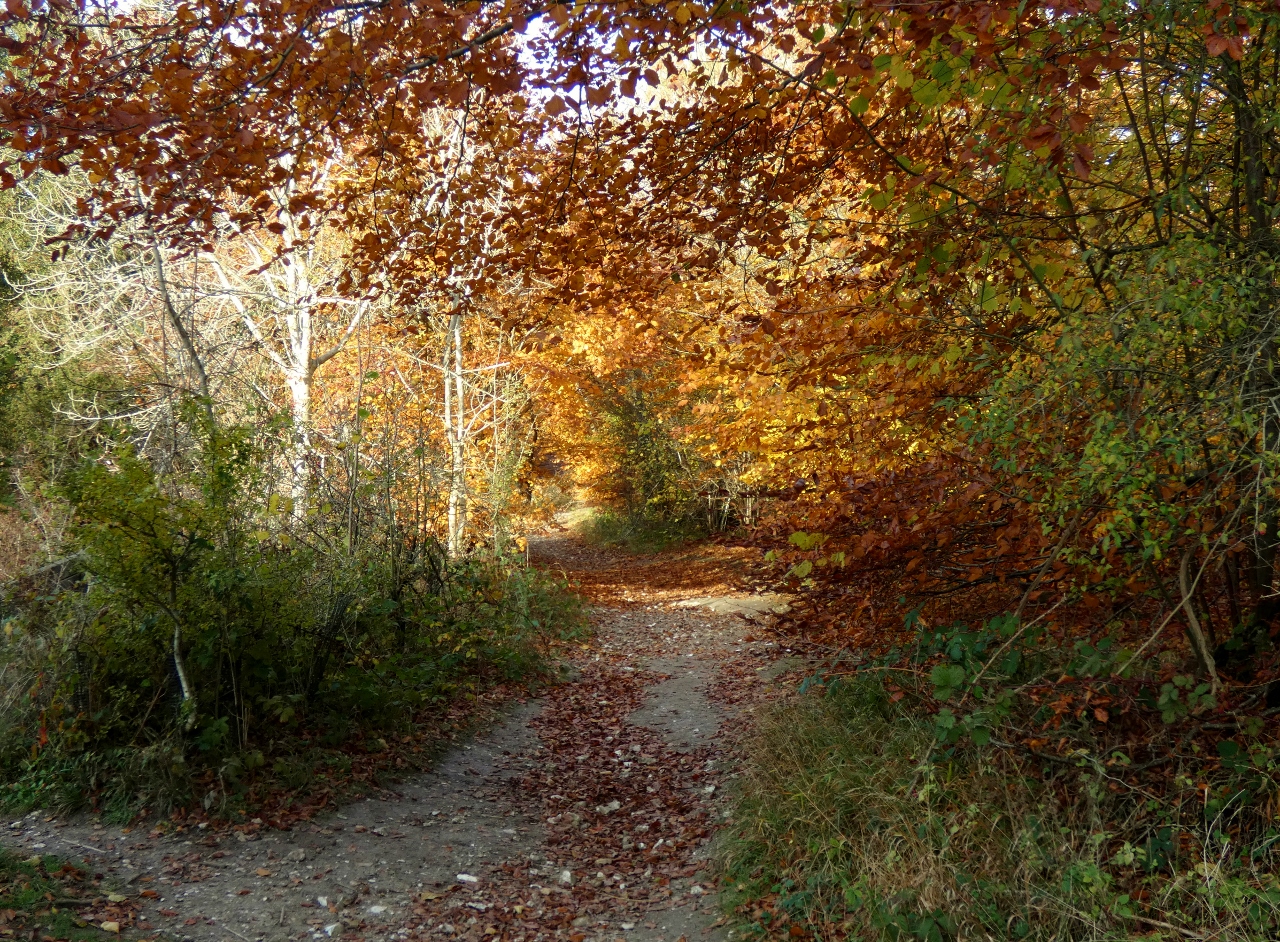


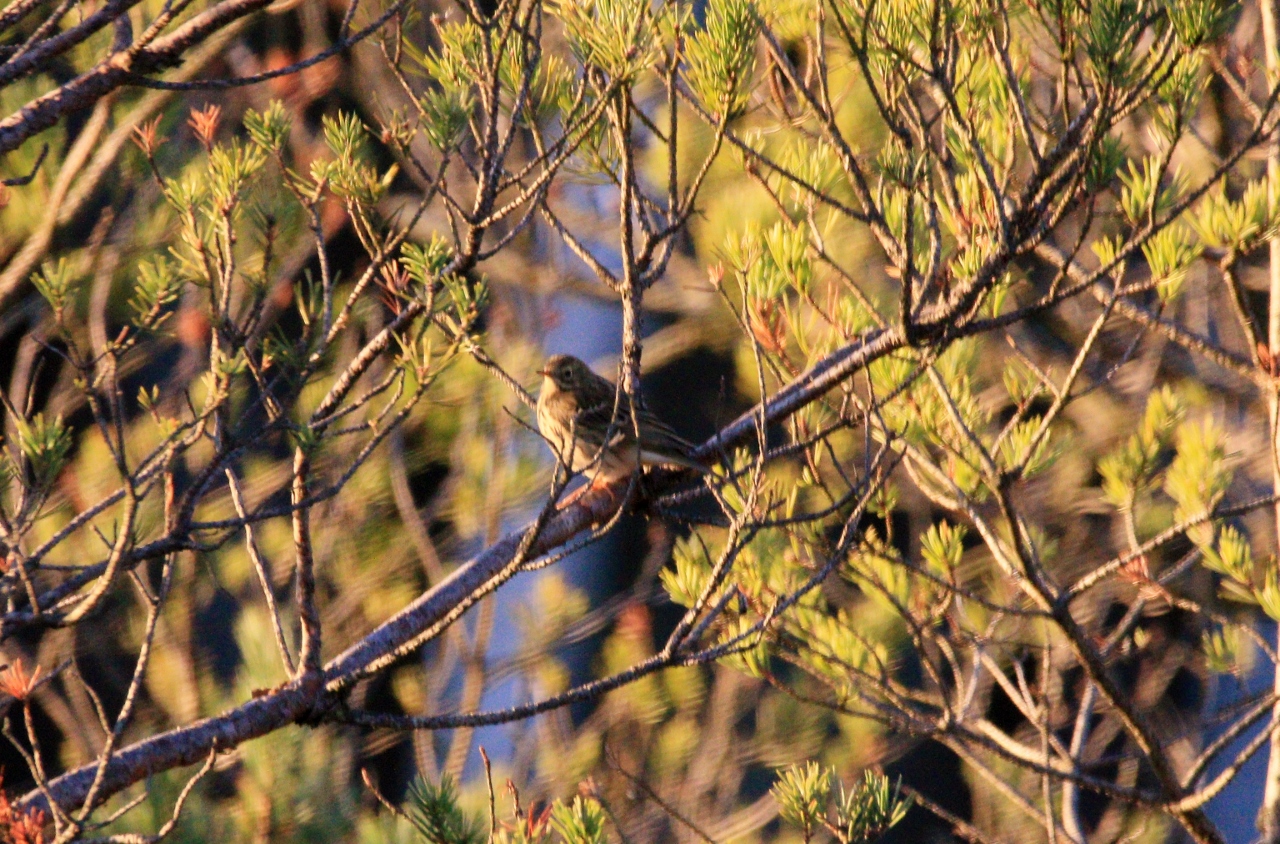

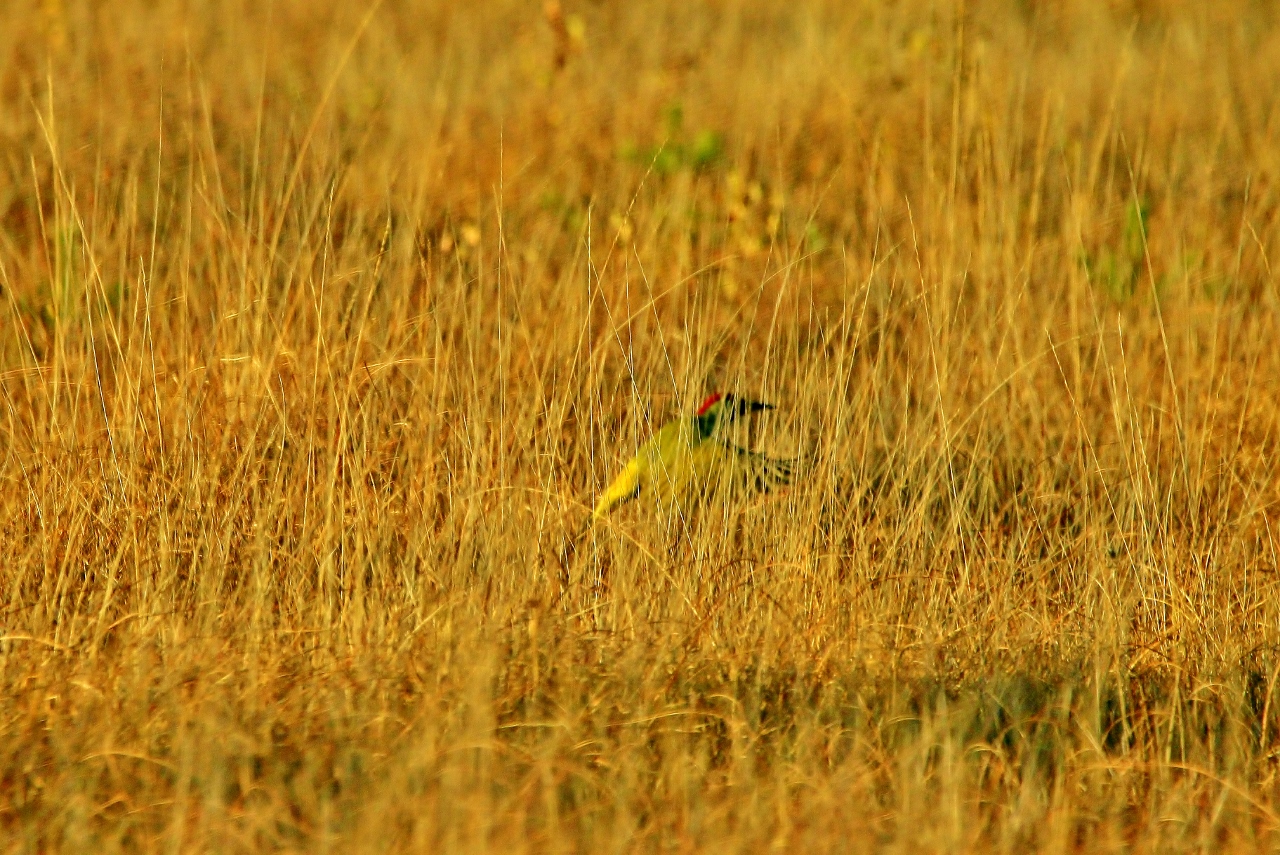


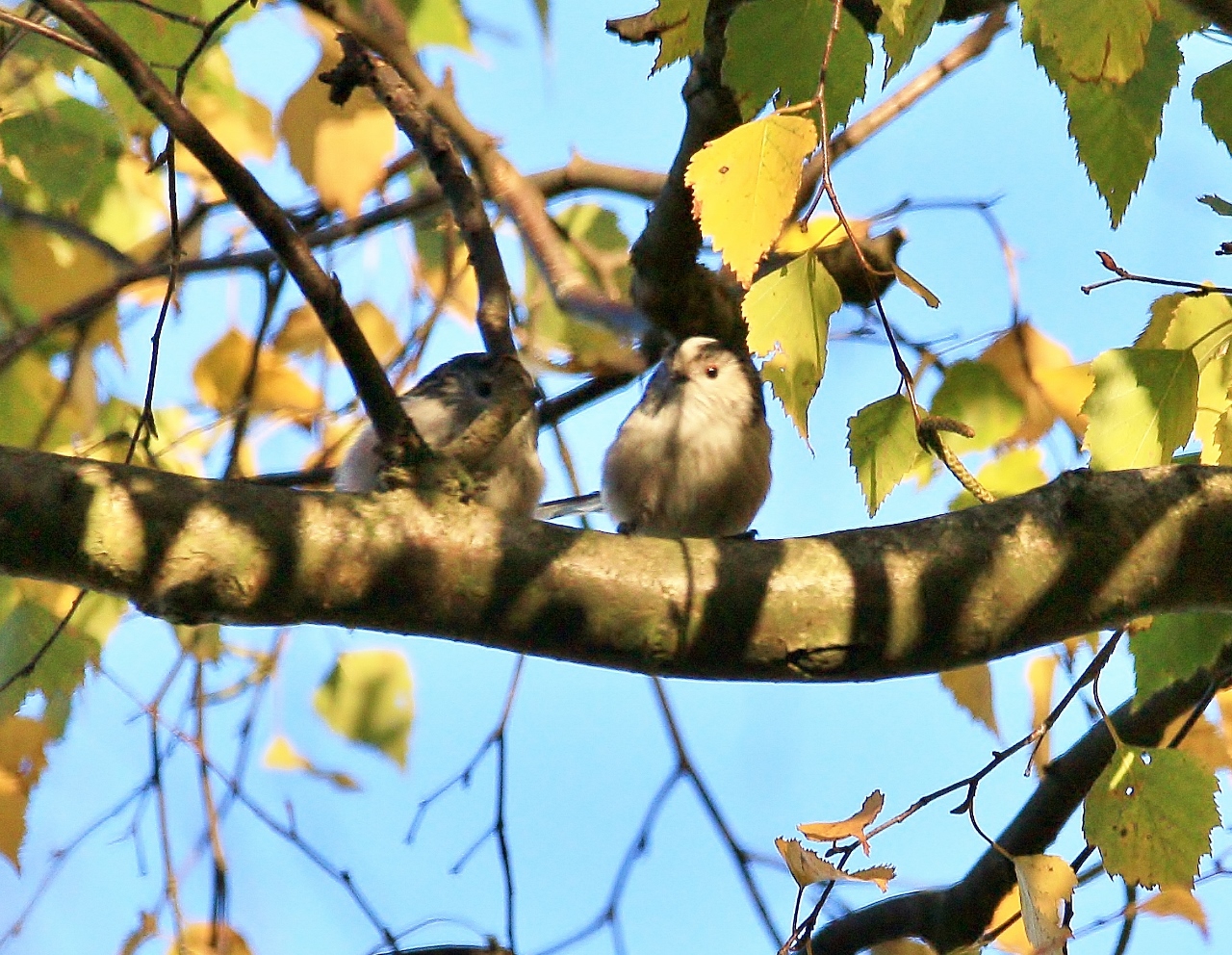

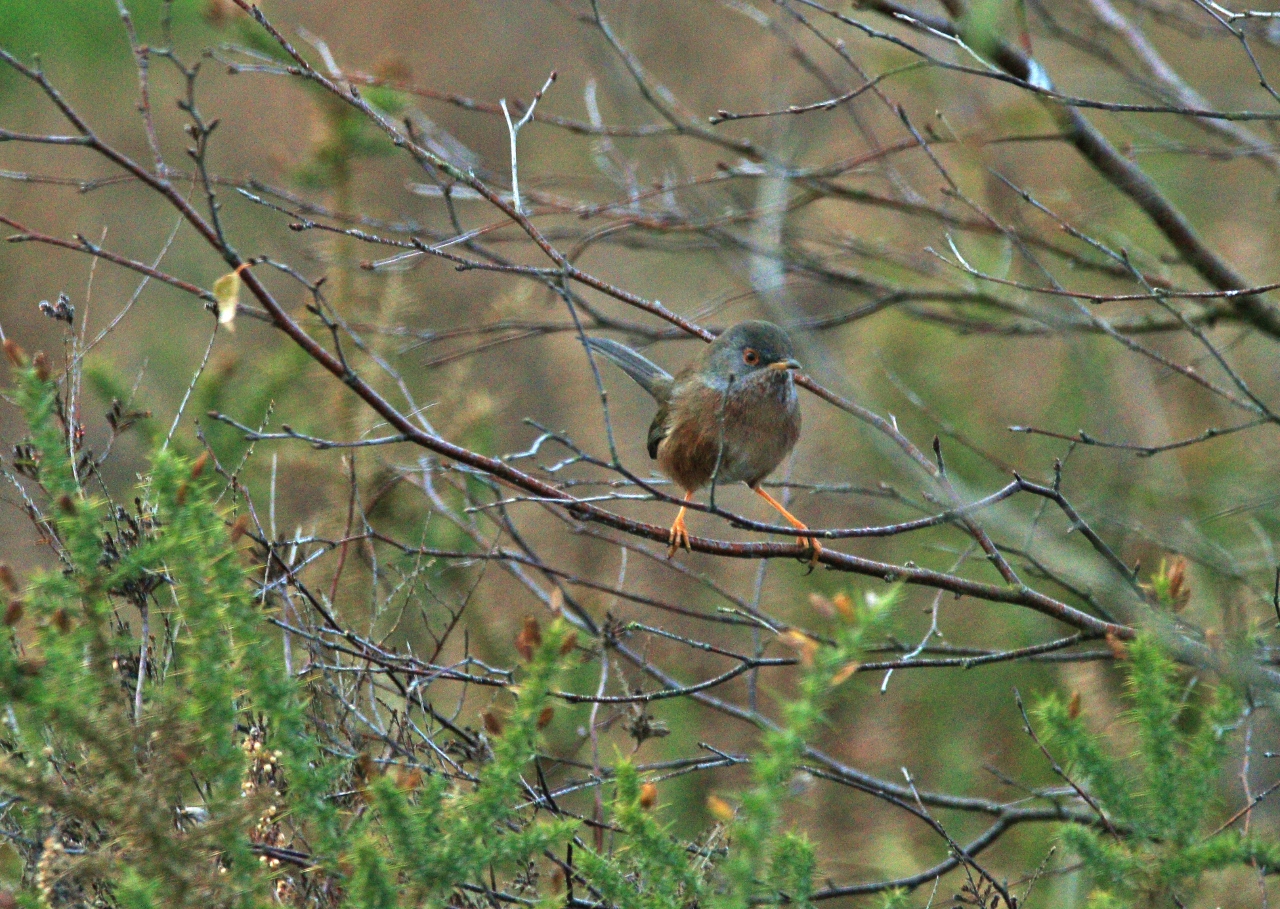

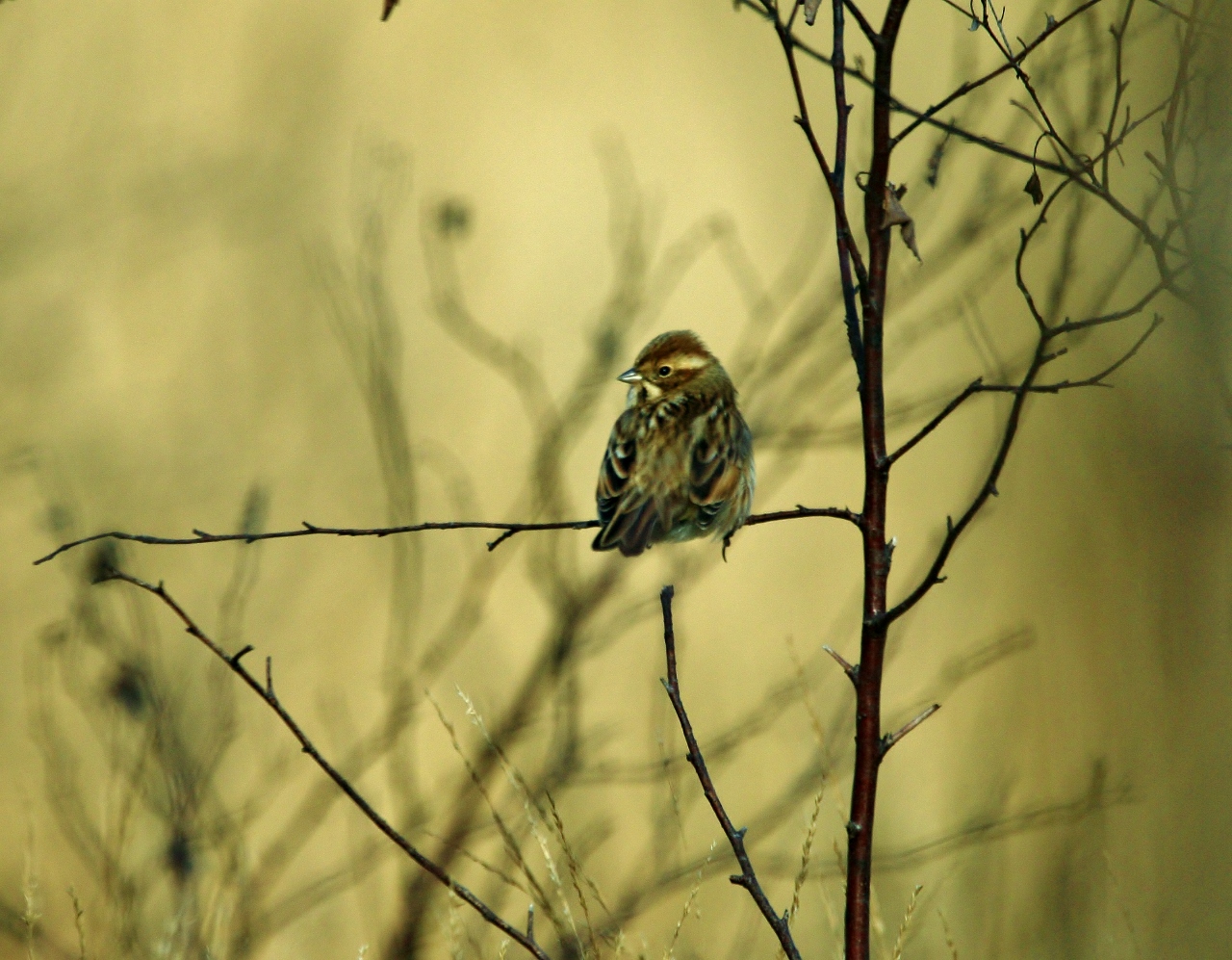





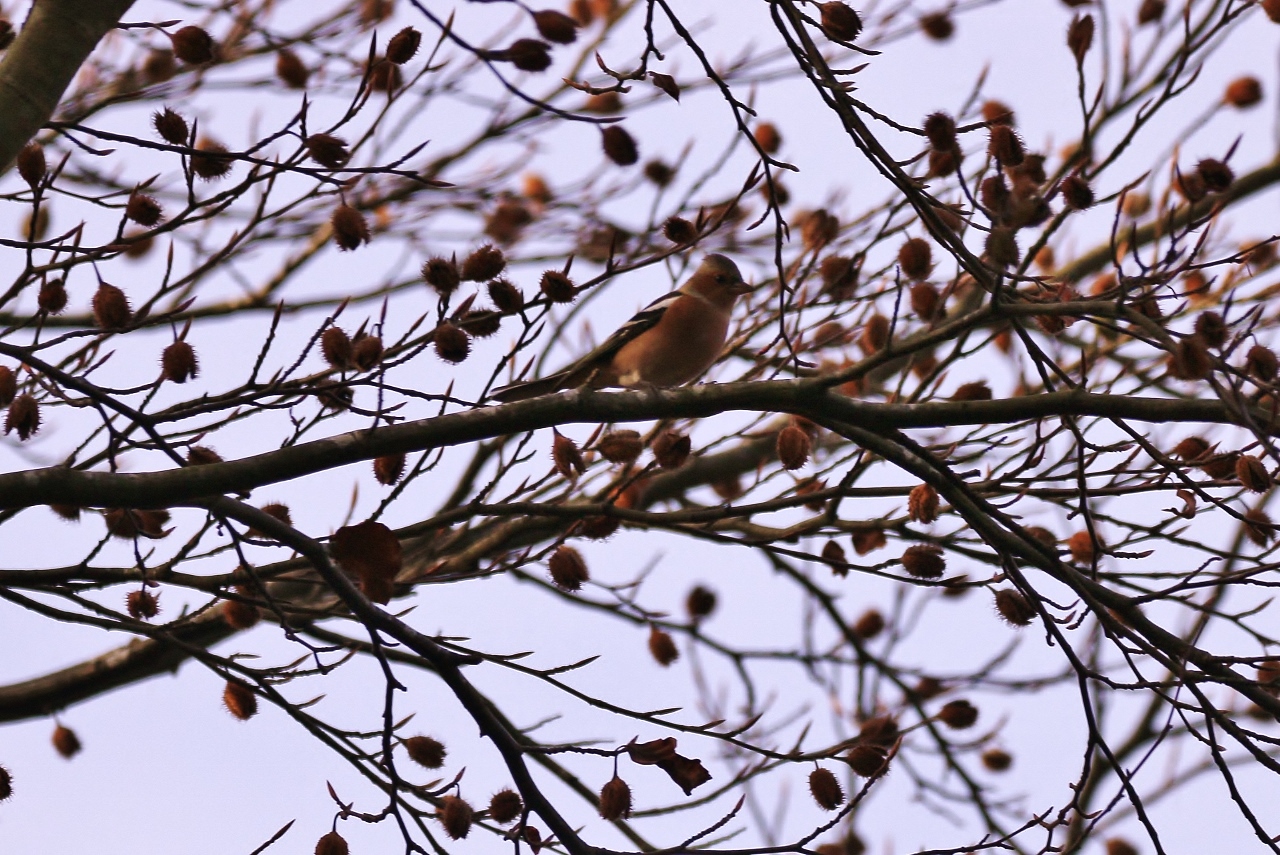
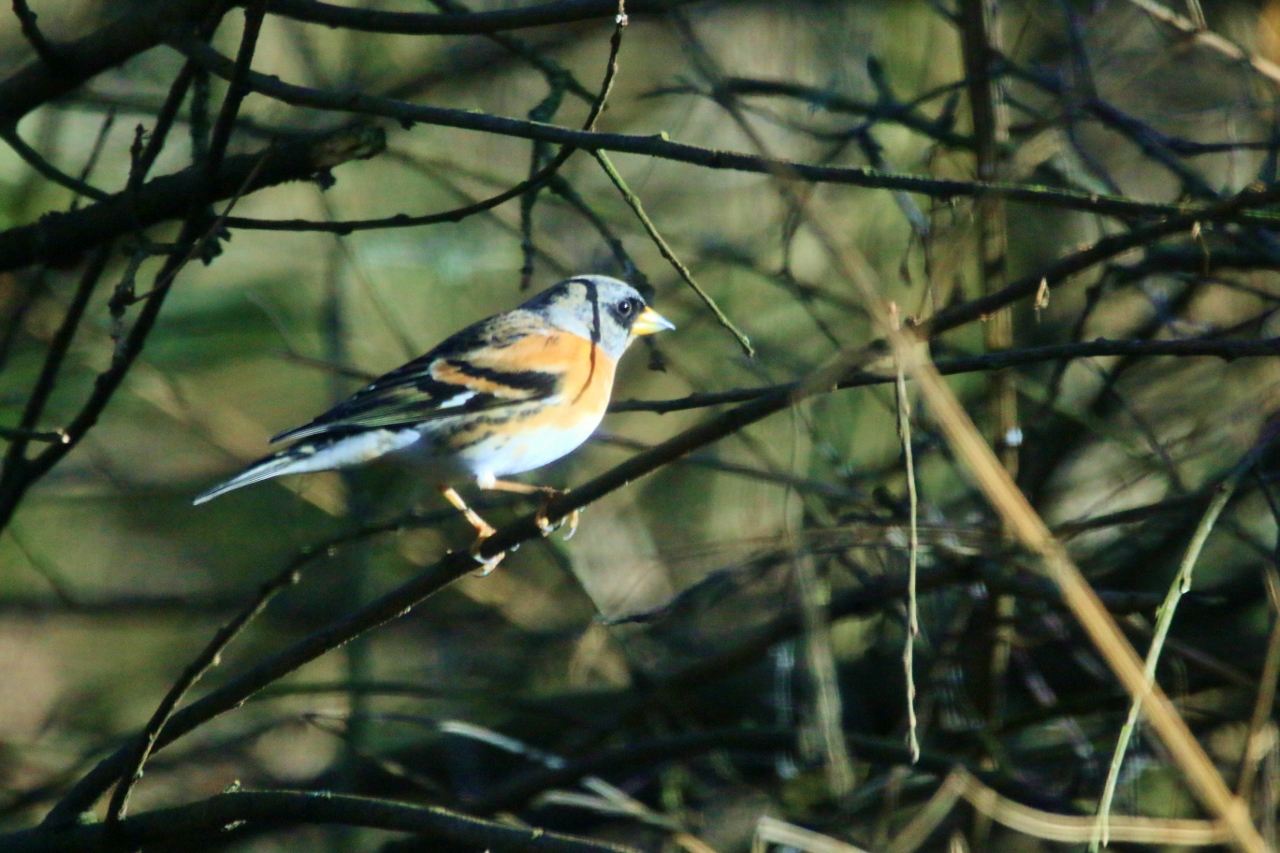
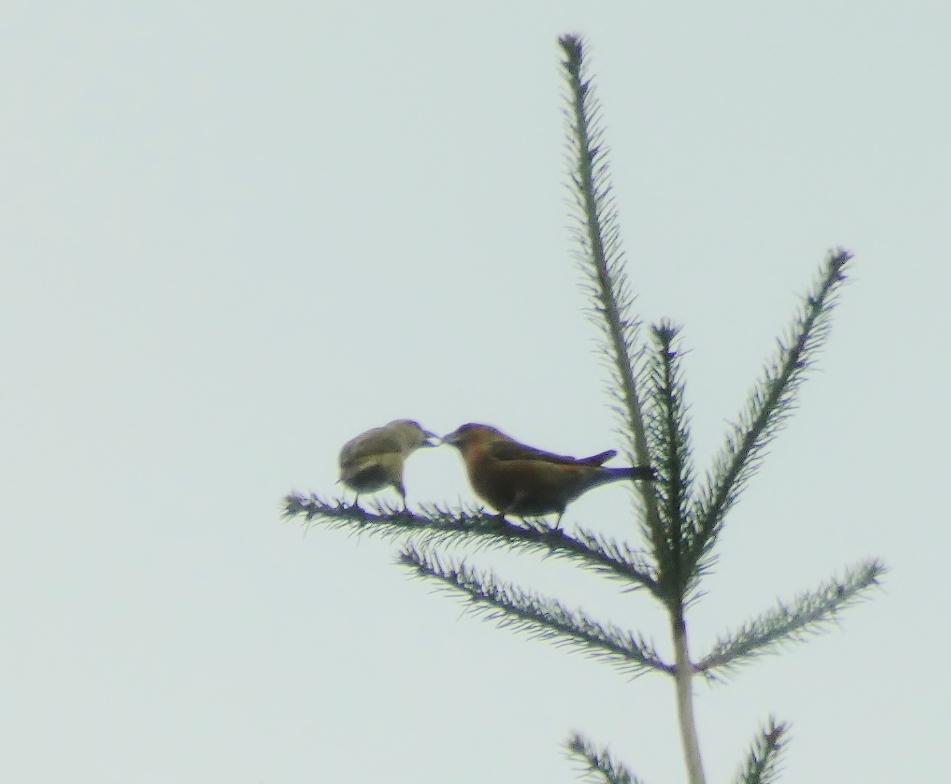

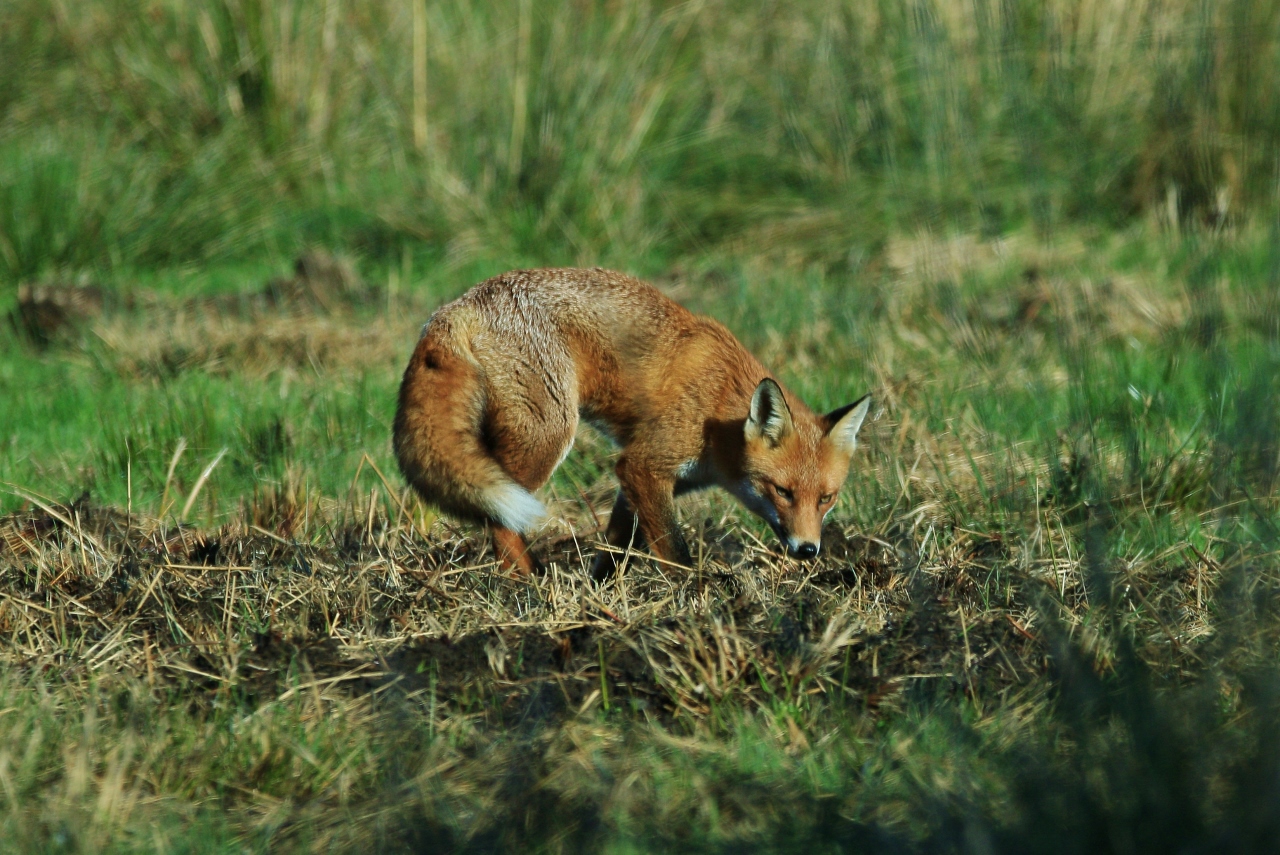
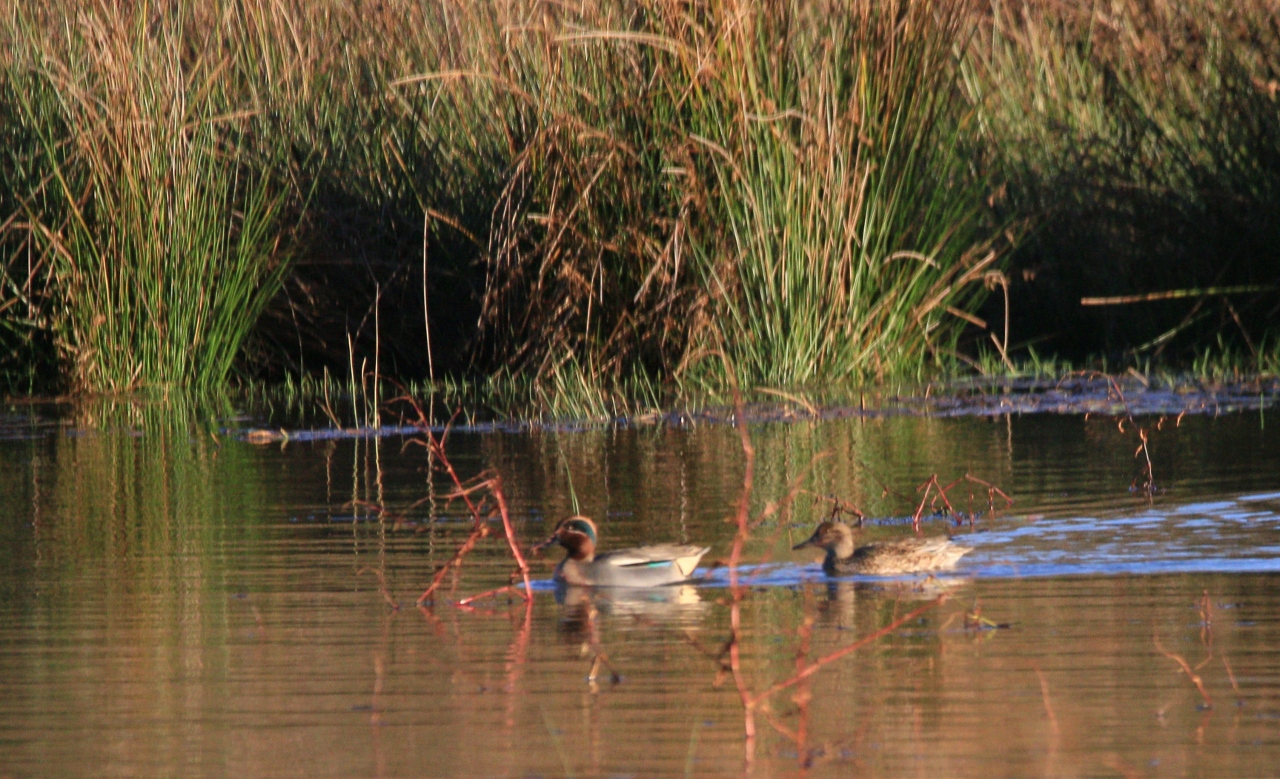





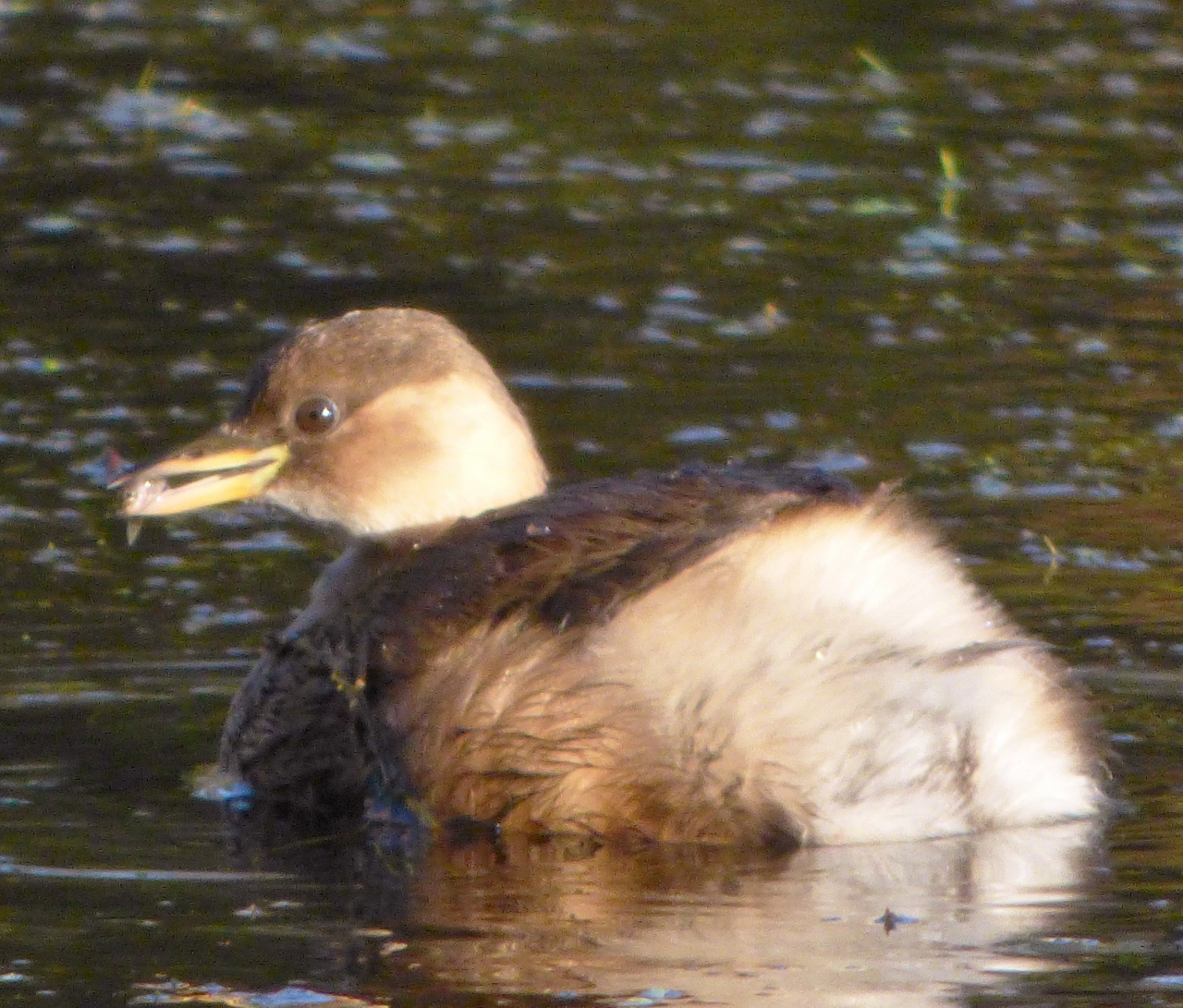
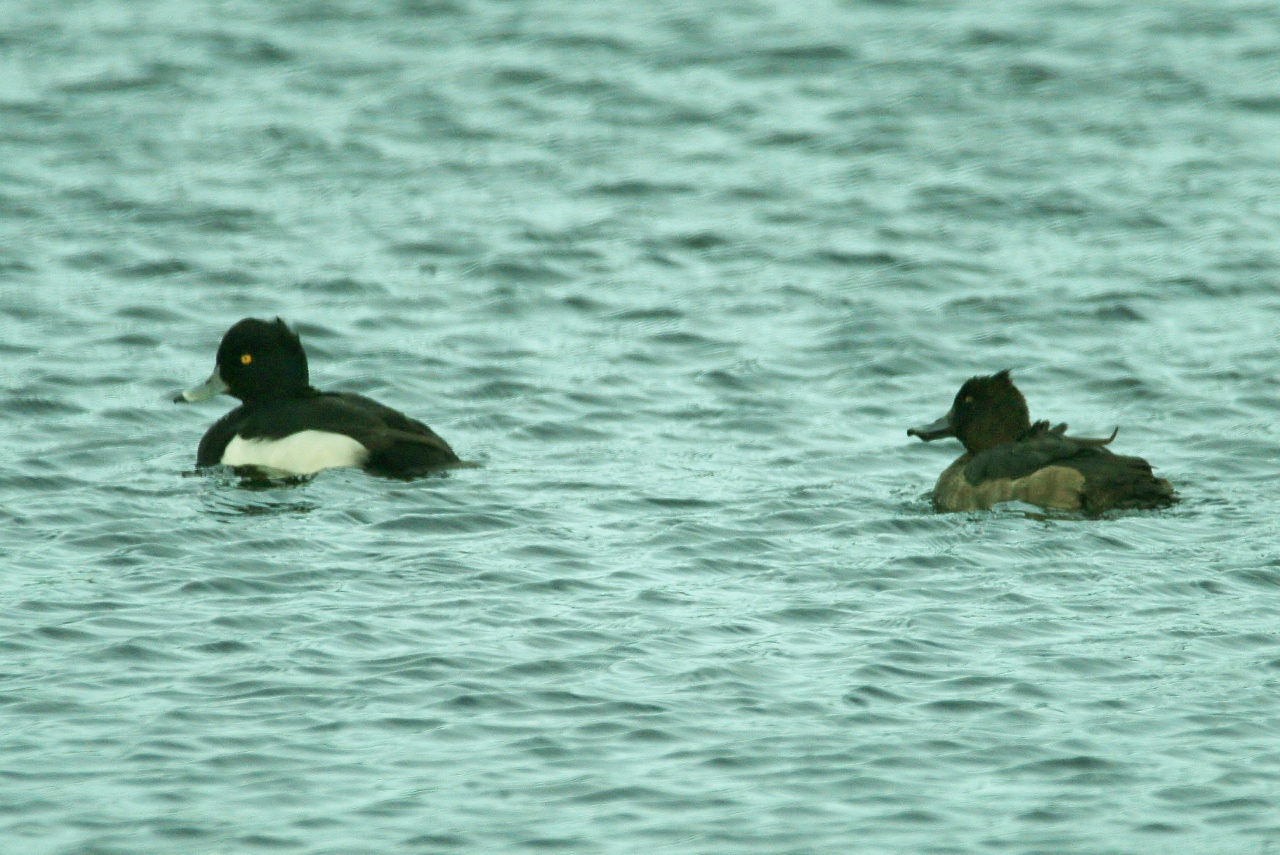




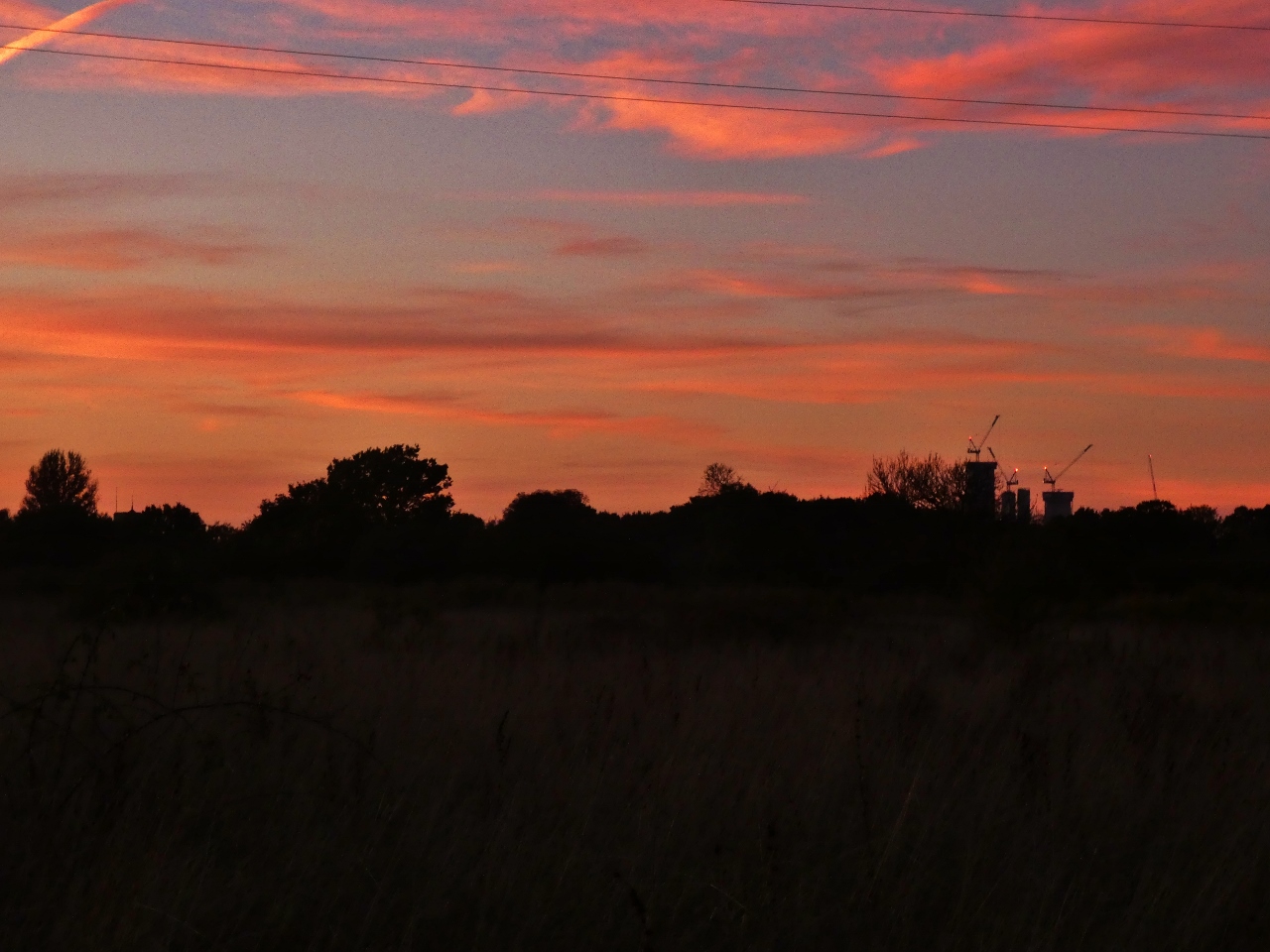






Peter Tappin
November 21, 2018 at 8:47 am
Wonderful roundup of local birdlife Malcolm and some lovely pictures. Thank you for brightening up our internet news in the current mix of grey weather and political anxiety!
Keith Frost
November 21, 2018 at 11:40 am
Where is Stoke Lake? As someone who was brought up in Stoke-next-Guildford and lived most of my childhood and teenage life there, I’ve never heard of it.
Michael Atkinson
November 21, 2018 at 2:21 pm
Keep up the good work!
Malcolm Fincham
November 24, 2018 at 7:28 pm
Firstly, I would like to thank the above, as well as all those who have complimented on my previous reports and who I haven’t yet thanked.
In response to Keith Frost’s comment asking “Where is Stoke Lake?”: Being of a certain age, I do, (vaguely) recall the area when it was better known as “Stoke Water Meadows”.
The lake and meadow around it, as it is today, is man-made. It was a created and was a by-product of gravel extraction during the construction of the new A3 Guildford by-pass near Burpham.
At the time, and since, conservation work has also been carried out in attempt to preserve the wetland habitat.
I hope this might “shine a light” on your question.
Any other historical facts about the area would be welcomed.
https://designatedsites.naturalengland.org.uk/LNRPhotos/734/Riverside Park Surrey Leaflet.pdf